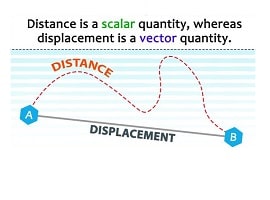Examples of Elementary Particles
We explain that what are examples of elementary particles? It is known as elementary particles to what matter forms and which is indivisible. Previously it was believed that the smallest representation of matter was the atom (which means indivisible) but later it was found that the atom was made up of other particles such as electrons, protons and neutrons, which in turn are made up of other particles smaller but can no longer be divided.
In other words, to date nothing smaller than elementary particles has been found .
The properties of elementary particles are:
- Mass
- Electric charge
- Radiation
- Time of life
- Spin
The matter of the universe and the four forces of nature are composed of these elementary particles , which are divided according to the Pauli Exclusion Principle into:
Bosons: Which are particles that do not comply with the Pauli Exclusion Principle, this means that two particles can occupy the same quantum state.
Fermions: What are the elementary particles that do comply with the Pauli Exclusion Principle, that is, two particles cannot share the same quantum state at the same time.
They began to be discovered and observed from the invention of the particle accelerator, which is a device that allows particles to accelerate to speeds close to light and causes them to collide, disintegrating into elementary particles .
Examples of elementary particles
The photon is the elementary particle formed by a package of electromagnetic energy and that forms light.
The gluon is a boson that carries the strong nuclear interaction.
Graviton, this elementary particle, still hypothetical, since its existence has not been proven in the laboratory, is believed to be the cause of the generation of the gravitational force.

